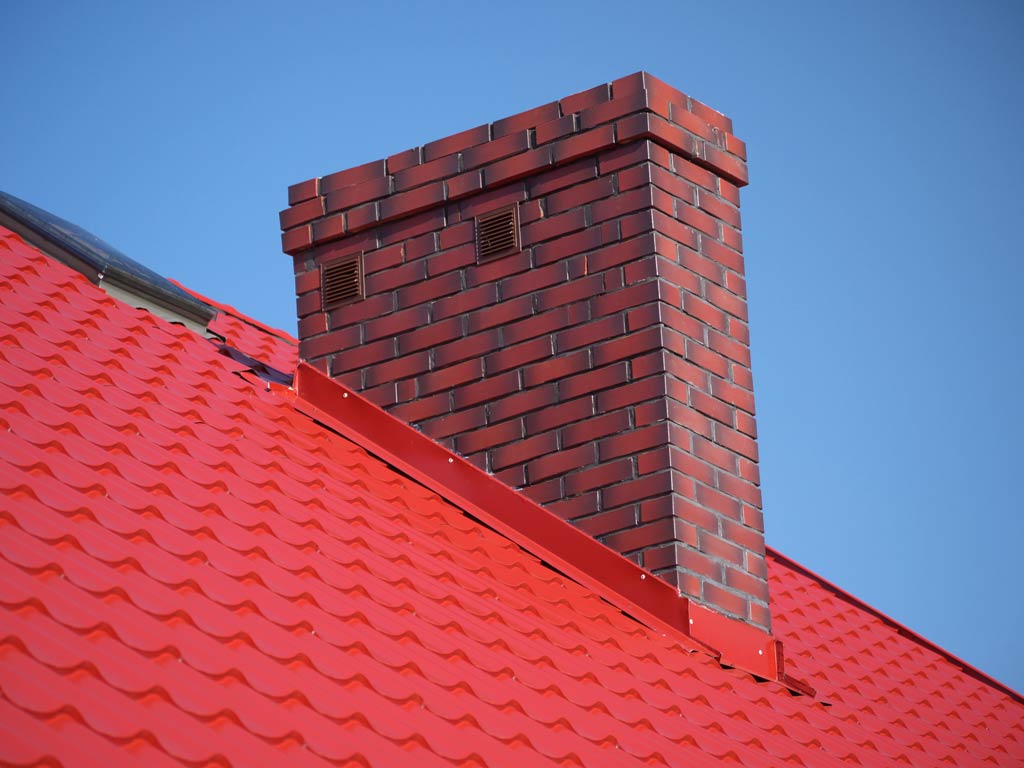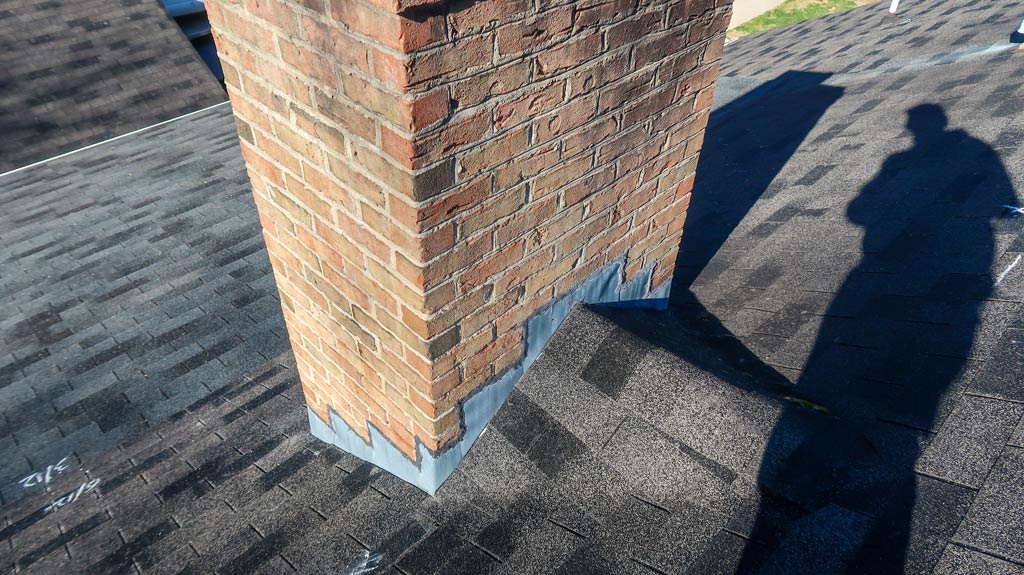Roof flashing is a critical component in any roofing system, especially in Texas, where weather conditions can be extreme. But what is roof flashing? It’s a thin material, usually metal, that directs water away from vulnerable areas of the roof, preventing leaks and damage. Let’s explore the six most common types of roof flashing in Texas.
1. Step Flashing
What is Step Flashing?
Step flashing consists of small, L-shaped pieces of flashing material. It’s primarily used where the roof meets a vertical wall, like chimneys or dormers.
Why Use Step Flashing?
Step flashing is essential because it creates a watertight seal where different roofing materials meet. Each piece overlaps the one below it, ensuring water flows away from the roof.
Materials
- Galvanized Steel: Durable and rust-resistant.
- Aluminum Flashing: Lightweight and easy to work with.
2. Drip Edge Flashing
What is Drip Edge Flashing?
Drip edge flashing is installed along the edges of the roof. It helps direct water away from the fascia and into the gutters.
Why Use Drip Edge Flashing?
This type of flashing for roofs prevents water from seeping under the roofing materials and causing damage to the underlying structure.
Materials
- Aluminum Flashing: Common due to its resistance to corrosion.
- Galvanized Steel: Provides extra strength and durability.
3. Base Flashing
What is Base Flashing?
Base flashing is used around roof penetrations, such as chimneys and vents. It’s paired with counter flashing to create a complete flashing system.
Why Use Base Flashing?
It ensures a watertight seal around roof penetrations, which are vulnerable areas where leaks are common.
Materials
- Sheet Metal: Often used due to its durability.
- Roof Cement: Sometimes used to secure the flashing.

4. Continuous Flashing
What is Continuous Flashing?
Continuous flashing, also known as apron flashing, is a single, long piece of flashing that directs water down to the shingles below.
Why Use Continuous Flashing?
It’s ideal for protecting long joints on the roof, ensuring water doesn’t penetrate these areas.
Materials
- Galvanized Steel: Popular for its longevity.
- Aluminum Flashing: Easy to install and maintain.
5. Chimney Flashing
What is Chimney Flashing?
Chimney flashing is a specialized type of flashing used to seal the area where the chimney meets the roof.
Why Use Chimney Flashing?
Properly installing chimney flashing is crucial because chimneys are prone to leaks. It consists of several parts, including step flashing and counter flashing.
Materials
- Galvanized Steel: Commonly used for its strength and durability.
- Aluminum Flashing: Often chosen for its flexibility and ease of installation.
6. Valley Flashing
What is Valley Flashing?
Valley flashing is used in the valleys where two roof planes meet. It directs water down the roof and into the gutters.
Why Use Valley Flashing?
This type of flashing is essential for preventing water buildup in the valleys, which can cause leaks and damage.
Materials
- Sheet Metal: Durable and effective for valleys.
- Galvanized Steel: Long-lasting and resistant to rust.
Proper Installation of Roof Flashing
Importance of Proper Installation
Installing roof flashing correctly is critical to ensure your roofing project is successful. Improper installation can lead to leaks and significant damage over time.
Tips for Installation
- Hire a Professional: Ensures flashing is installed correctly.
- Use Quality Materials: Choose durable flashing materials like galvanized steel or aluminum.
- Regular Maintenance: Check your roof flashing regularly to ensure it remains in good condition.
The Bottom Line
Choosing the right types of flashing for roofs and properly installing them is crucial for the longevity and effectiveness of your roofing system. Whether it’s step flashing, drip edge flashing, or chimney flashing, each type serves a specific purpose in protecting your home.
Understanding the different types of flashing and their applications can help you make informed decisions for your roofing project. With the right materials and proper installation, your roof will withstand Texas weather and protect your home for years to come.

